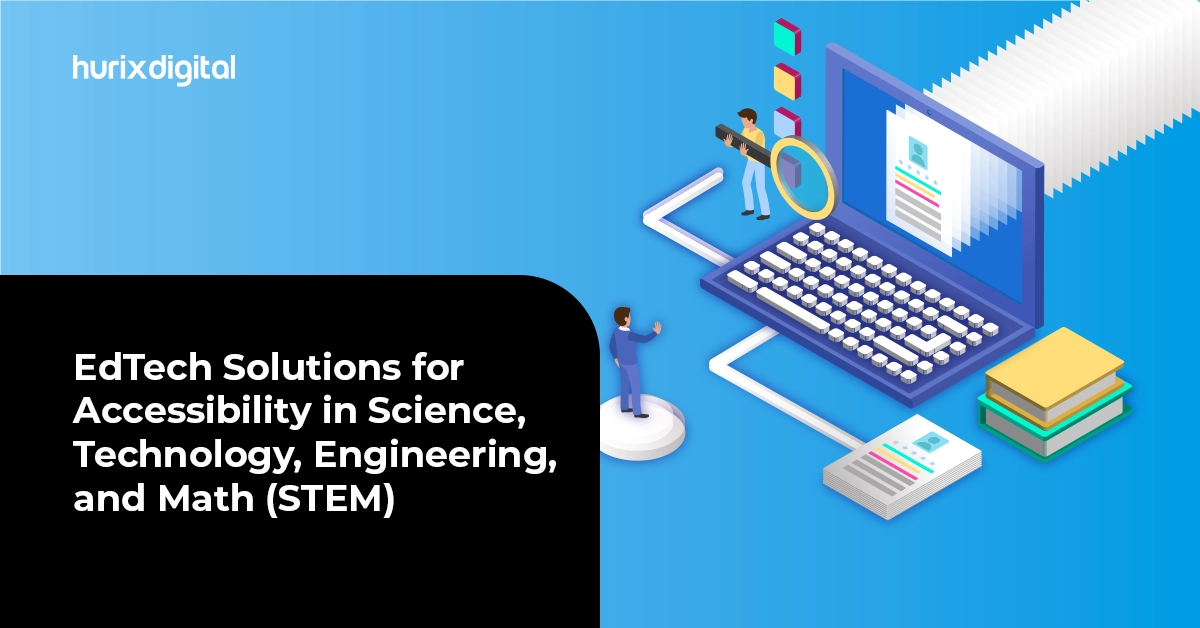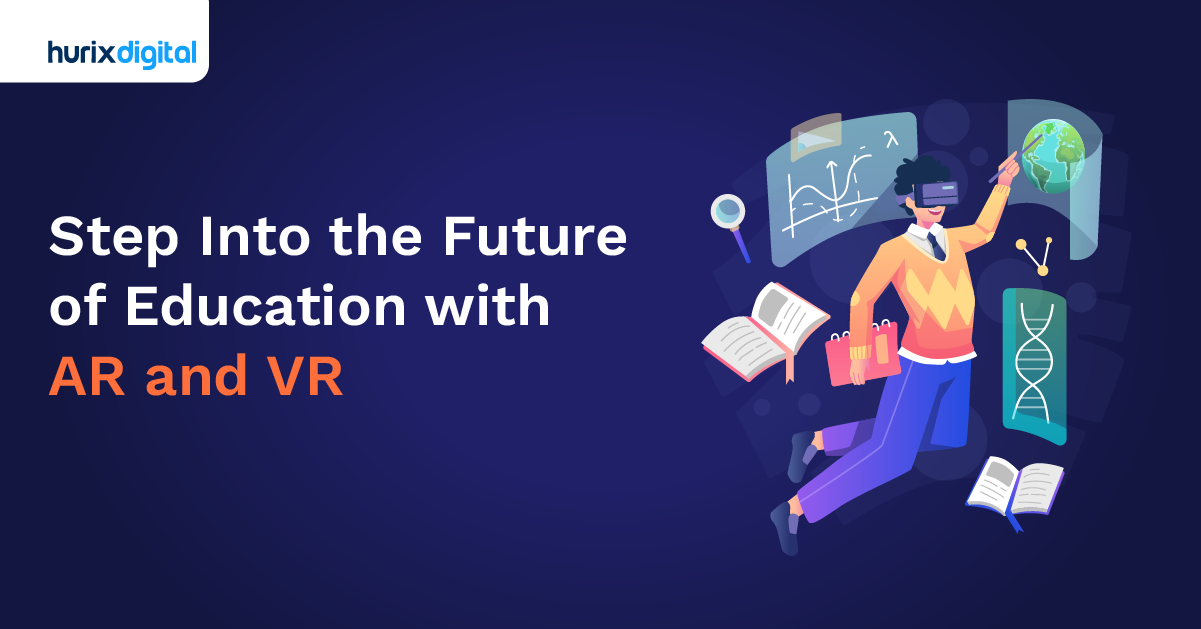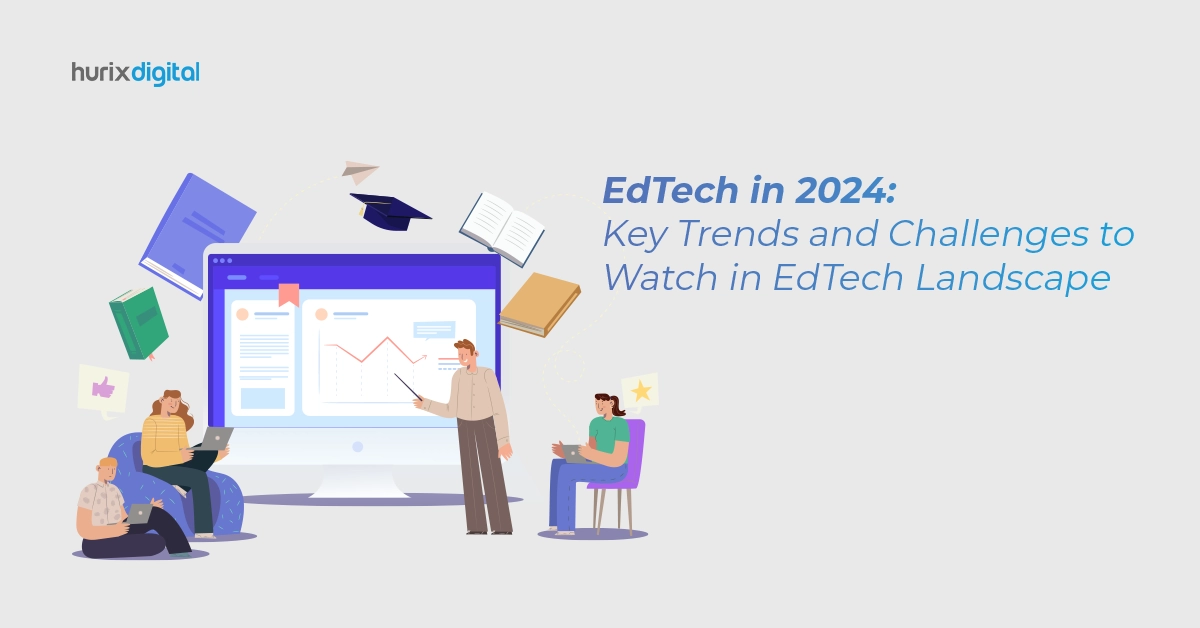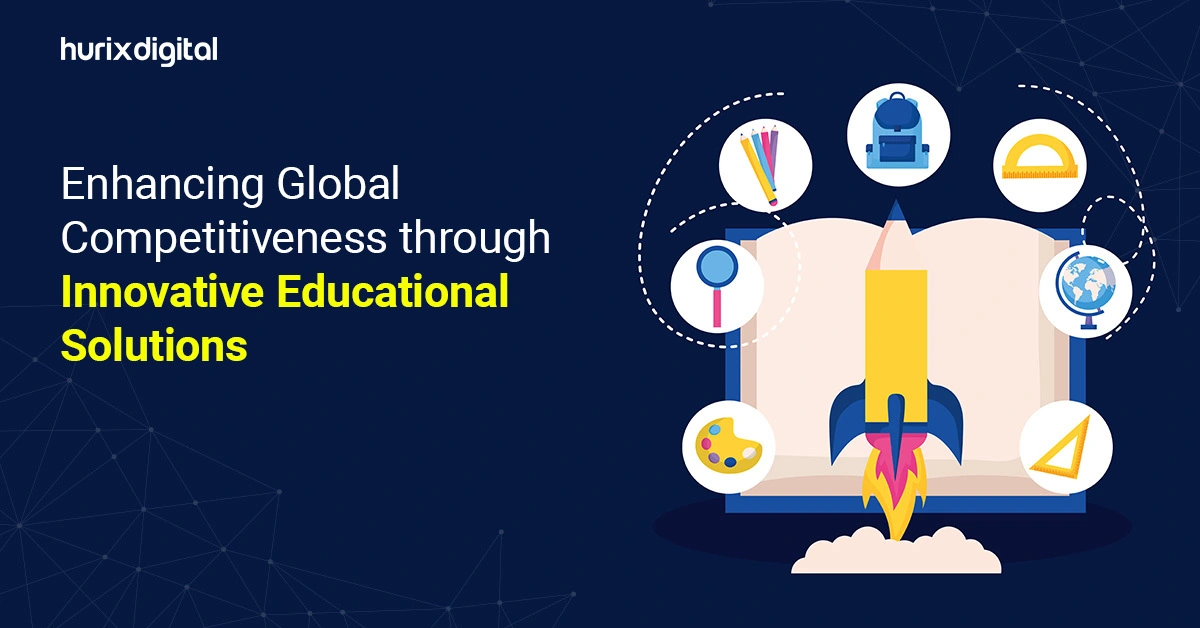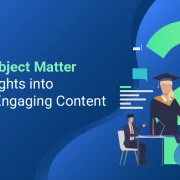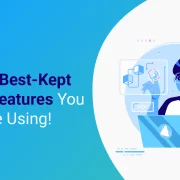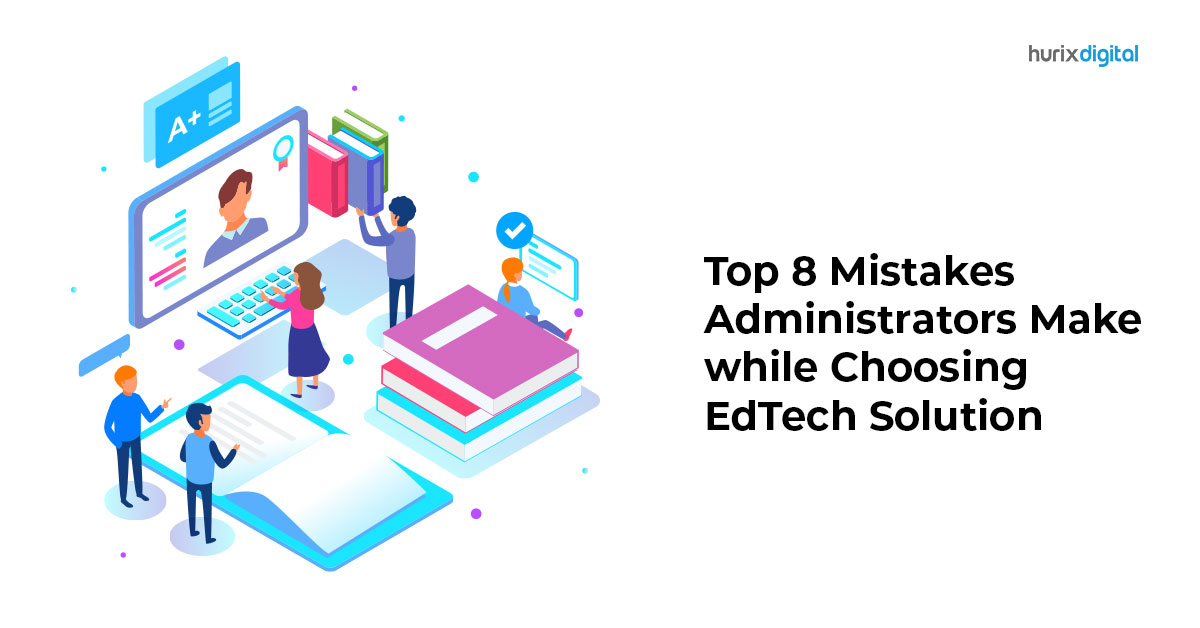
Top 8 Mistakes Administrators Make While Choosing EdTech Solution
Summary
This blog post identifies the top 8 mistakes administrators make while choosing EdTech solutions. It discusses common pitfalls and offers insights to help administrators select the most suitable and effective EdTech tools.
The constantly evolving digital tools and technologies have significantly revolutionized the education sector. Teaching and learning activities are becoming more collaborative and advanced with tools like artificial intelligence, machine learning, natural language processing, and much more.
Consequently, EdTech solutions are the new age learning platforms promising unlimited professional and personal development. Administrators are also continually striving to leverage the promising features of EdTech solutions fully.
The EdTech industry is expected to become a $404 billion market by 2025. Its diverse features, like automated tasks, data-driven decision-making, reporting, and analytics, provide uninterrupted education and enhance administrative efficiency.
If you are also hoping to dive into EdTech technology adoption, you are in the right place. To fully optimize the functionalities of EdTech solutions, you must make an informed and well-researched choice.
We have carefully curated a list of common mistakes administrators make while choosing an EdTech platform. You can save yourself from these mistakes and transform education for the better.
Table of Contents:
- Mistake 1 – Misalignment of Functionalities and Needs
- Mistake 2 – Absence of Teacher Input
- Mistake 3 – Ignoring Long-Term Cost Effectiveness
- Mistake 4 – Not Gathering Feedback from Student
- Mistake 5 – Ignorance of Data Protection and Privacy Policies
- Mistake 6 – Engaging Lessons and Assignments
- Mistake 7 – Accessibility Solutions
- Mistake 8 – Mixing Paper and Digital Memos
- In Conclusion
Mistake 1 – Misalignment of Functionalities And Needs
The two most important features of the EdTech solution are the functionalities of the platform and the learning needs of the learners. It is not sufficient to focus solely on the technology advanced features and functionalities of the EdTech platform.
The functionalities must align with the learning goals and learning styles of the students. For instance, using text-based content for visual learners leads to misalignment and decreased learning outcomes.
To rectify this mistake, the administrators must focus on doing a comprehensive analysis of the needs of the students and the instructors. The need analysis can be done via survey forms, discussion groups, etc.
Mistake 2 – Absence of Teacher Input
Teachers and instructors must be involved in the decision-making process to identify definite instructional needs. Expecting teachers to use technology they are unfamiliar with or comfortable with will lead to underutilizing the EdTech solutions and ineffective classroom learning.
There must be clear communication and collaboration between the teachers and the instructors. This communication should be about functionalities, instructional design, teaching preferences, student learning goals, etc., for improved classroom outcomes.
Mistake 3 – Ignoring Long-Term Cost Effectiveness
Overemphasizing cost as the primary deciding factor backtracks administrators from focusing on the long-term cost-effectiveness of the EdTech solution.
Additionally, price should never be the deciding factor of an EdTech platform. Instead, the focus should be on functionalities and features, support and training, integration options, scalability and flexibility, etc.
Also Read: Integrating Games in Education: Using Games as a Teaching Strategy
Mistake 4 – Not Gathering Feedback From Student
When administrators assess and evaluate classroom teaching, they often focus on observation and forget to ask for student feedback. Neutral observations combined with feedback sessions can go a long way in leveraging the full potential of EdTech solutions.
The students are more closely involved in the platform. Consequently, they can offer candid and unbiased feedback regarding the EdTech platform and the authenticity of its learning experience.
During the feedback sessions, even minute concerns of students, like time management issues, language learning problems, retention difficulties, etc., should be taken into consideration. It is important to ensure that the students are given an agency to voice their opinions and choices.
Mistake 5 – Ignorance of Data Protection and Privacy Policies
The digital landscape has expanded our accessibility and convenience in various forms but sometimes at the cost of our privacy. During all our online transactions and activities, data privacy should be a primary concern.
Similarly, while selecting an educational technology apparatus, administrators should focus on data privacy policies and an ISO certification. During the integration of the EdTech solution with other tools for expanding the functionality of the platform, privacy protocols are often flouted.
It is recommended to pay attention to the integration and customization policies and restricted access protocols.
Mistake 6 – Engaging Lessons and Assignments
One of the major reasons educational institutes use EdTech solutions is to provide students with a creative and engaging learning experience. Therefore, another important evaluation criterion you should keep in mind while selecting an EdTech platform is the delivery format of the lessons.
Each lesson and assignment should uniquely deliver information to garner the attention of students. There are numerous tools EdTech platforms are nowadays using to drive personalized learning, like AI-powered gamification, virtual learning, digital assessment, and stimulation learning.
The platform you choose should be able to fully leverage these new technologies to inculcate in students a desire to learn.
Mistake 7 – Accessibility Solutions
EdTech solutions grew significantly in popularity due to their ability to provide online learning opportunities. They made learning material available anytime and anywhere for both students and teachers. The EdTech platform you choose must also be able to solve accessibility issues for students.
Additionally, they must also ensure that all lessons and features are accessible via all digital apparatuses like smartphones, laptops, and tablets. Advanced EdTech solutions are now migrating to cloud-based learning.
All the students and the instructors need is a stable network and any device in the vicinity to access the information.
Also Read: Learning For All: The Best Accessibility Solutions for Educational Institutions
Mistake 8 – Mixing Paper and Digital Memos
Adopting EdTech solutions comes with the maximum implementation of technology and its various tools. After adoption, the administrators must transition to digital memos and paperwork to keep the workflows streamlined.
Mixing digital memos with paper memos can be confusing for all the stakeholders involved. Additionally, preparing paper memos is also very time-consuming and prone to errors.
It is advisable to start using emails for ease and transparency for administrators as well as teachers.
Conclusion
Now that you know about all the probable mistakes of working with EdTech solutions, you can easily eliminate them. We recommend you do proper research and explore the maximum choices available in the market. Compare all the platforms and choose the one with functionalities that match the needs of your students.
If you need help with the same, you can reach out to K-12 EdTech companies. Hurix Digital is also one such company that can provide you with the best EdTech solutions. Some of the other digital services we profile are digital content transformation, digital engineering, robotic process automation, etc.
Contact our expert team now and get started. Hope to see you soon!

Senior Vice President – Business Development
Over 25 years of experience in the edtech and workforce learning industry with strong skills in Business Development, Customer Relationship Management (CRM) and Strategy.

